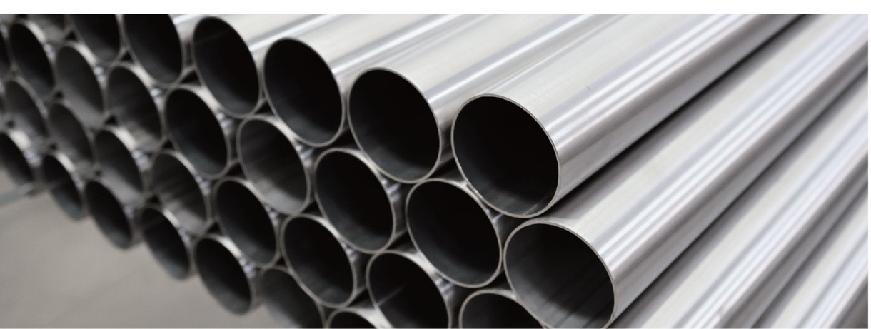Wedoany.com Report-Dec 04, The North Sea crude oil market has just witnessed its largest trading surge in at least 16 years, adding uncertainty to oil prices for the coming year.
On Monday, in the pricing window operated by Platts, a division of S&P Global Commodity Insights, eight batches of crude oil (about 5.6 million barrels) were traded. This marks the highest record since Bloomberg began compiling data in 2008.
Key Buyers and Sellers: Trafigura Group and TotalEnergies SE were the primary buyers, while Equinor ASA and Gunvor Group were the only sellers. Almost all of the crude oil traded contributes to determining the spot price for Brent crude oil, which is the most important pricing benchmark for global oil markets.
Unusual Timing for the Surge: This surge in purchases comes at an unusual time—December, when the North Sea oil market is typically quieter as traders begin to clear their orders. This further heightens concerns about the direction of oil prices in the coming months.
Since August, the benchmark futures price has largely hovered between $70 and $80 per barrel, as investors have navigated through a fog of uncertainty. It remains unclear when the OPEC+ alliance will increase production or when the world’s largest consumer, China, will revive its economy, especially as China faces the looming threat of tariffs under the incoming Trump administration. Geopolitical risks in Ukraine and the Middle East remain pressing concerns.
The Significance of North Sea Oil: The North Sea market is frequently marked by large buy and sell volumes, and these trading activities can have a profound impact. Of the five grades traded on Monday, four—WTI Midland, Forties, Brent, and Oseberg—make up the spot Brent benchmark.
In June, two of the world’s largest oil traders, Gunvor and Trafigura, aggressively bid for various benchmark crude grades, driving up global oil spot prices. Last month, China National Petroleum Corporation (CNPC), in partnership with UK billionaire Jim Ratcliffe's Ineos Group, established a joint venture called Petroineos, which swiftly purchased crude oil at the fastest pace seen in at least 16 years.
Impact on Future Oil Prices: This surge in North Sea oil market transactions signals potential price hikes, though future oil price direction remains uncertain. Several factors will shape the market:
The timing of OPEC+ production decisions and whether they will help stabilize prices.
The economic recovery in China, which is crucial for global oil demand.
The ongoing geopolitical instability in Ukraine and the Middle East, which may continue to disrupt oil supply chains.
These complex factors indicate that market participants and investors will need to closely monitor global economic and political developments to adjust their strategies and prepare for potential price volatility in the oil market.

















